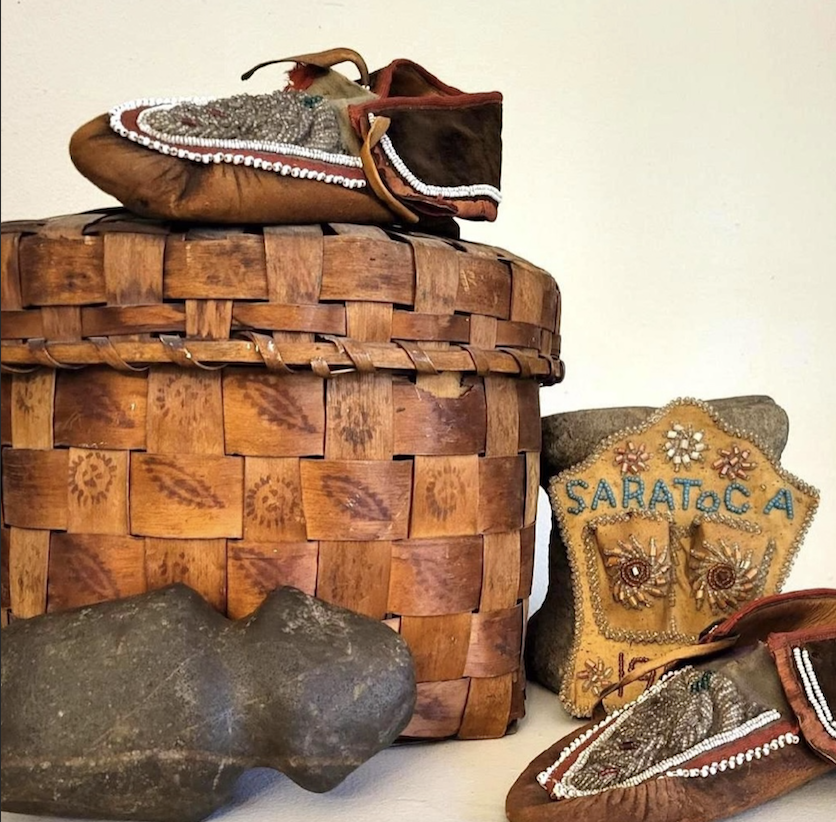October 14th is designated as Columbus Day, a federal holiday celebrating the life, accomplishments, and legacy of Italian explorer Christopher Columbus. For many members of the Skidmore Community and residents of Saratoga Springs who identify with an Indigenous group, tribe, or territory, however, this day also serves as a painful reminder of colonialism and its lingering effects.
While Italian immigrants and Italian-American citizens have made a significant impact on this country’s welfare and culture, Columbus does not fully capture their integral heritage and contributions. As a result of Columbus’s arrival to the Americas in the 15th century and the subsequent subjugation and enslavement of Indigenous peoples by colonialist powers throughout the Americas, multiple centuries of mass genocide and the attempted erasure of rich heritage, culture, and traditions were committed.
In the United States, over 1,500 wars, attacks, and raids on native populations were authorized by the United States government. By the late 19th century, fewer than 238,000 Indigenous individuals remained in the United States. In New York State alone, many scorched earth campaigns, such as the Sullivan Expedition, were carried out against the Haudenosaunee and Iroquois Confederacy, the immediate objectives being the total destruction of settlements and farmlands and the capture of native peoples.
Despite the growing national movement towards greater recognition of Indigenous heritage, however, Skidmore College, unfortunately, has remained silent. Unlike peer institutions, there were no campus-wide announcements, events, or acknowledgments, except for an Instagram post from Skidmore’s Office of Student Diversity and Inclusion. One of the only indications of the holiday on campus was through tabling done by a student-run organization, the Skidmore Native American Cultural Club (SNACC). Additionally, the Religious Studies Department is the only college department that provides a land acknowledgment or educational links to state cultural organizations.
Yale University announced scheduled events leading up to the holiday. Colgate University celebrated the occasion with a dinner and screening of Smoke Signals (1998). The University of Vermont’s strategic communications team released a statement honoring Abenaki bands in the state. Even Syracuse University posted on their main Instagram page, commemorating the history and culture of the Onondaga Nation, whose ancestral lands it stands on.
Through our work with multiple administrative offices and staff, it is clear that the current Skidmore administration cares about prioritizing transparency and championing underrepresented voices. However, Skidmore and its many departments have fallen short in recognizing the significance of this day. Despite the possible complexities of a symbolic land acknowledgment, a statement at the very least is sorely needed. We challenge the institution to fulfill the socially and historically responsible standards it sets for itself.
We hope that Skidmore College will take concrete steps to not only officially recognize Indigenous People’s Day in the future but also integrate Indigenous perspectives into classroom curricula, reach out to local cultural organizations to facilitate collaborative endeavors, and listen to feedback. In the meantime, The Skidmore News acknowledges and affirms that Skidmore College sits on the ancestral homelands of the Mohican, Haudenosaunee, Mohawk, and Abenaki peoples. We are committed to highlighting and uplifting Indigenous voices, traditions, and histories within our articles. We anticipate and expect that this is the college’s goal too.
For more information on indigenous heritage celebrations and learning opportunities, please contact the Skidmore Native American Cultural Club (SNACC) on Instagram.
Are you interested in learning which historical territory you’re living on? Check out this interactive map created by Native Land Digital, a Canadian not-for-profit organization.
